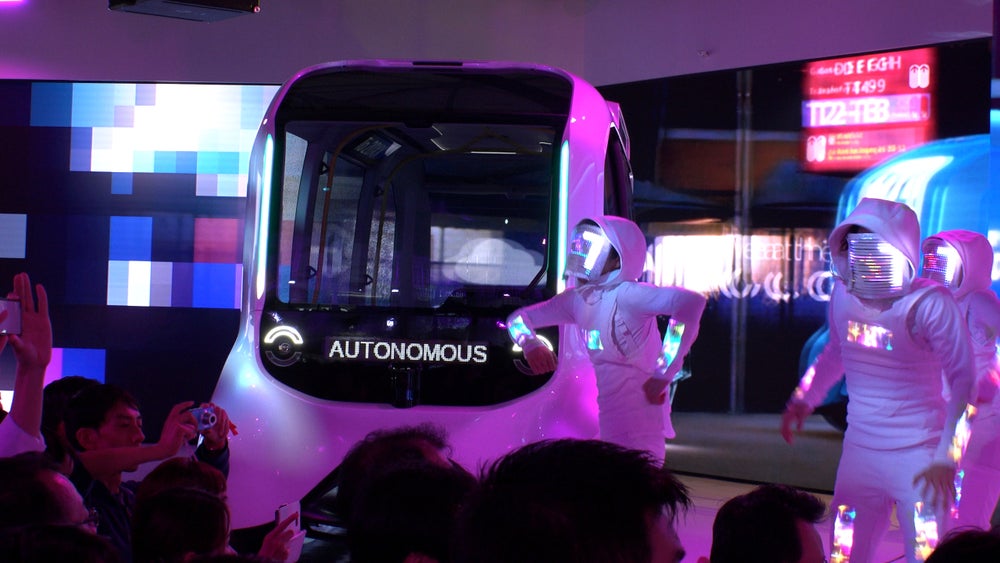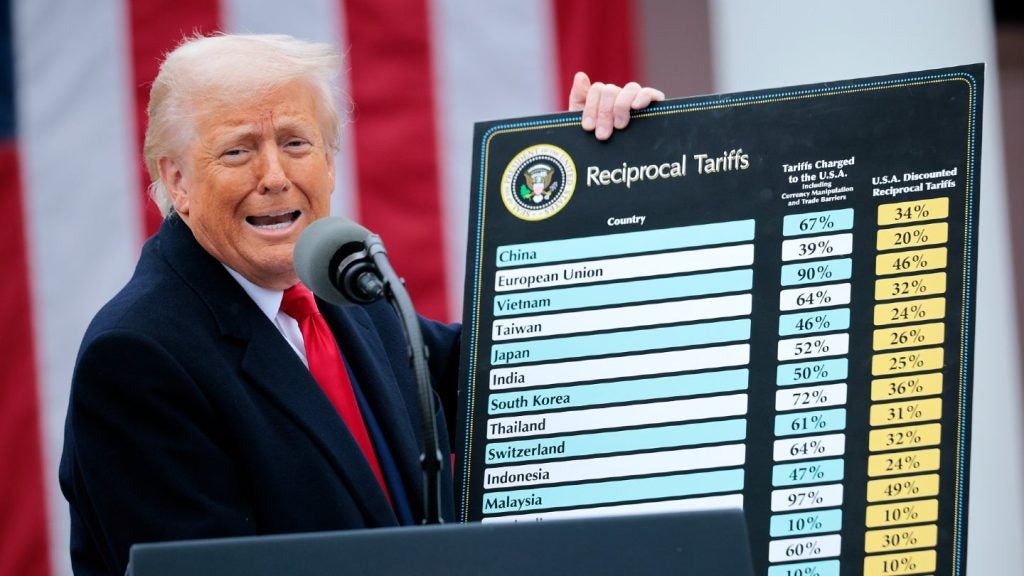
Toyota has resumed the services of its Toyota e-Palette autonomous vehicle at the 2020 Tokyo Paralympics under new safety measures following an accident involving a vehicle and a pedestrian.
More safety staff have been added to the autonomous taxi service at the Paralympic Games Village after an e-Palette vehicle collided with and injured a visually impaired Japanese athlete last week. The Toyota autonomous vehicle ferries athletes and staff from the Olympic Village to other venues, and run on a 5G network.
“The vehicle’s sensor detected the pedestrian crossing and activated the automatic brake, and the operator also activated the emergency brake. The vehicle and pedestrians, however, came into contact before it came to a complete stop,” Toyota said.
Toyota said that at the time of the collision, there were only two guide persons at the intersection and it was not possible for guide persons to check the movements of all pedestrians and vehicles moving in multiple directions. In addition, there was not a sufficient mechanism for coordination between guides and vehicle operators, the company said.
Toyota said a number of changes to the operation of the vehicles will be made, including an increase the volume of the vehicles’ approach-warning sounds, improve system for manual driving, and it will educate operators in order to respond to the safety needs of the diverse range of people unique to the Paralympics. These include:
- Automatic driving – implement a change to manual acceleration/deceleration and stopping
- Increase the volume of the approach-warning sounds
- Increase the number of crew members
There will also be an increasing in the number of guides at intersections (from six to over twenty).
The incident though remains embarrassing for Toyota, and is further proof that, as Verdict recently covered, self-driving cars won’t be on our roads anytime soon.
Despite recent advances, fully autonomous level 5 vehicles are not close to taking over roads.
“Companies that have made big bets on the technology will continue to push towards commercialisation, but it could be closer to 2035 before we begin to see any meaningful employments of fully self-driving vehicles,” GlobalData analysts noted in a thematic report on autonomous vehicles.
The most advanced certified autonomous car is Honda’s Legend sedan, which at level 3 can control acceleration, braking and steering under certain conditions.
Last Tuesday, Tesla CEO Elon Musk said the current version of Tesla’s full self-driving technology is “actually not great”, but his engineers are “rallying to improve as fast as possible”.
It was a rare concession from the Tesla and SpaceX boss, who has a track record of overpromising.
Previously the CEO said that by 2020, there would be “over a million cars with full self-driving, software, everything.”
A big challenge for autonomous vehicle makers is the huge amount of processing power required to compute the data gathered from the car’s sensors in real-time.
This story was originally published on Just Auto, part of the GlobalData network.







